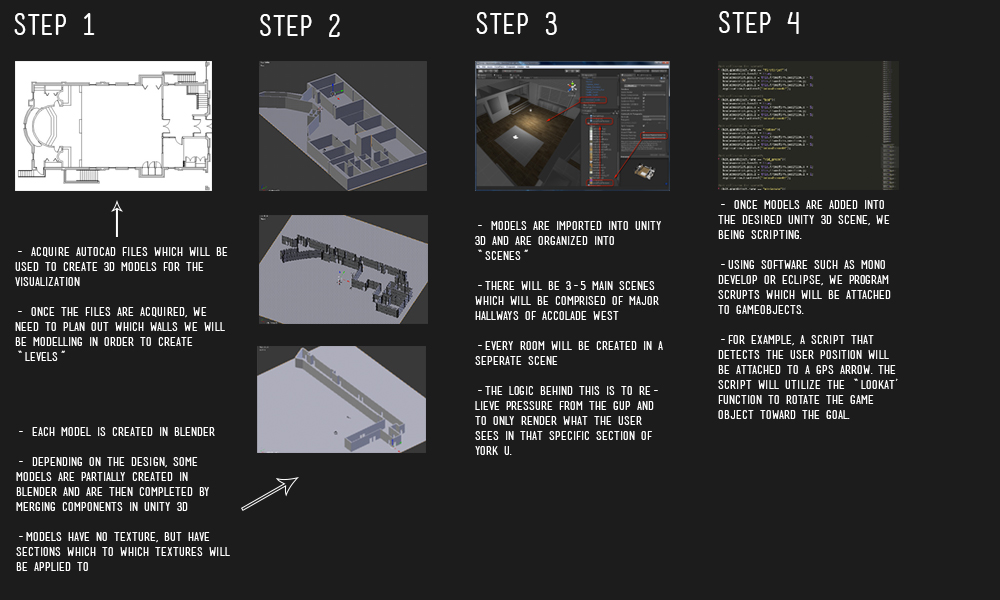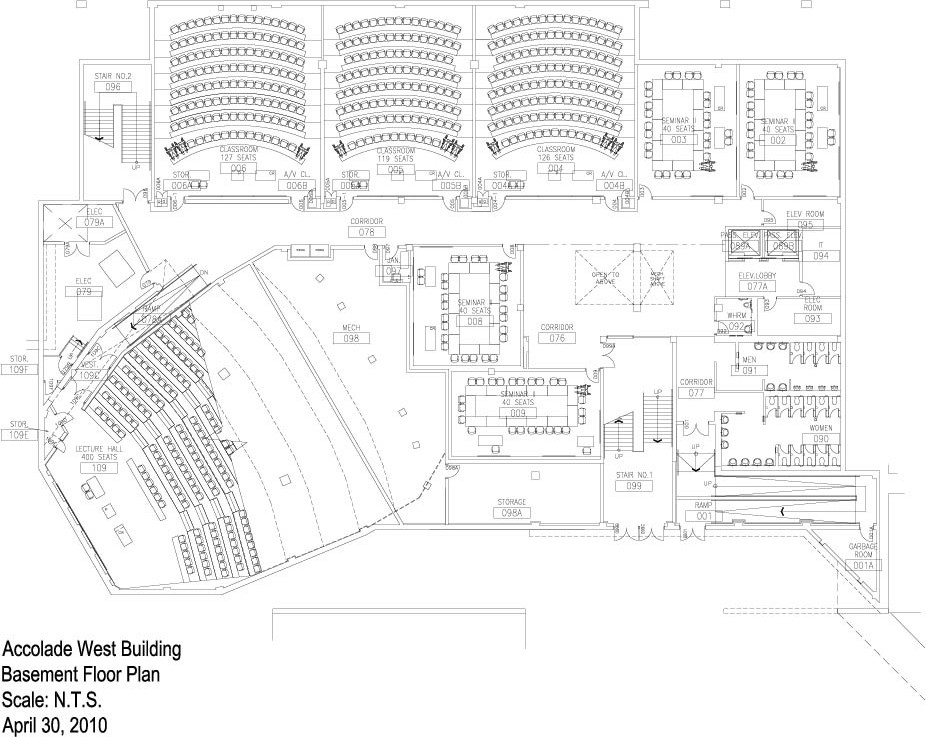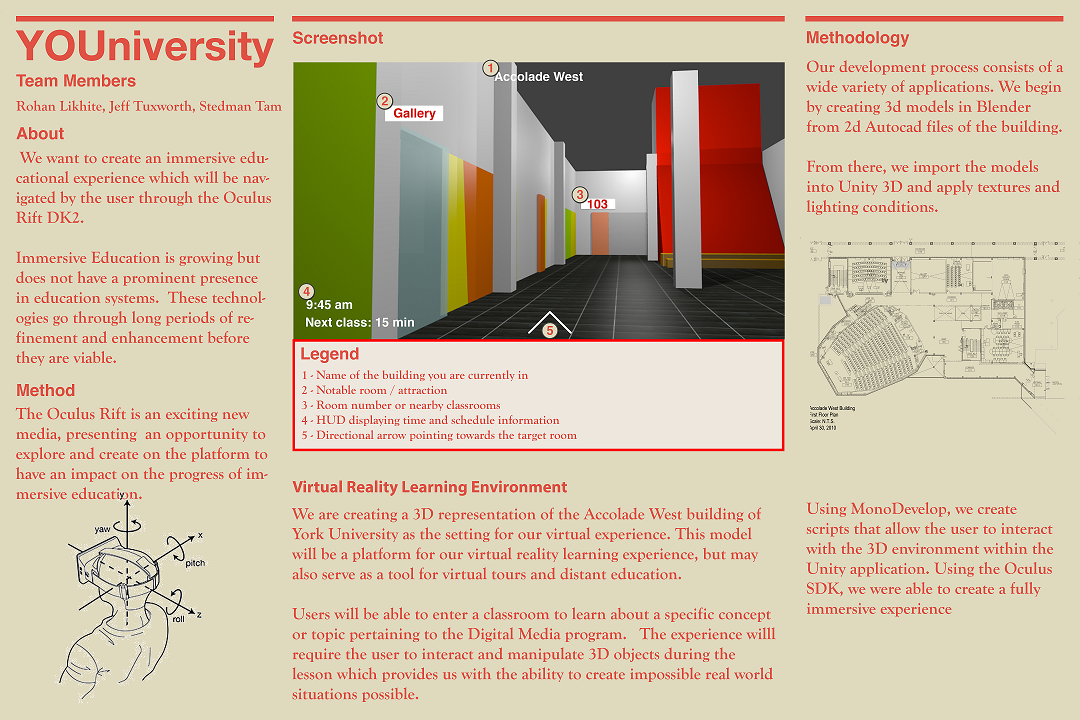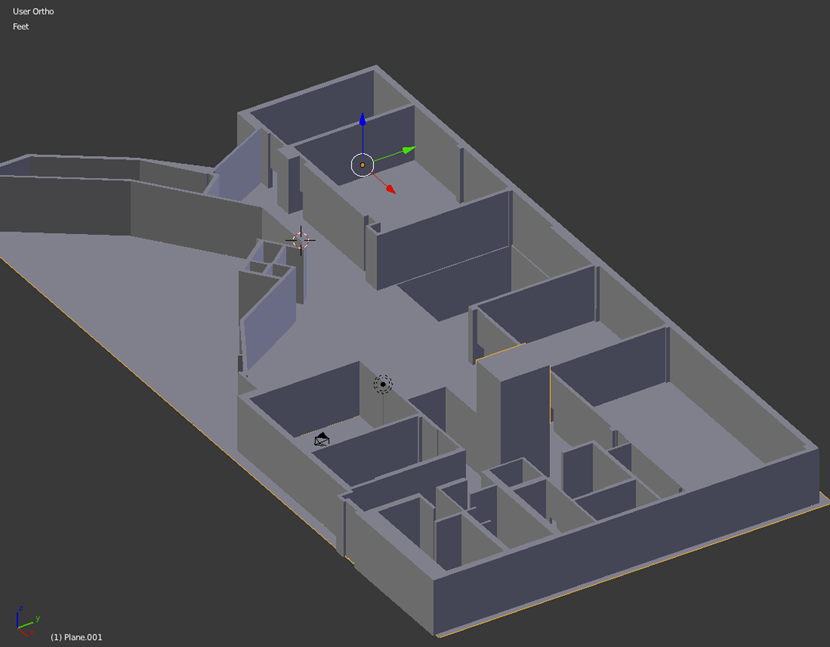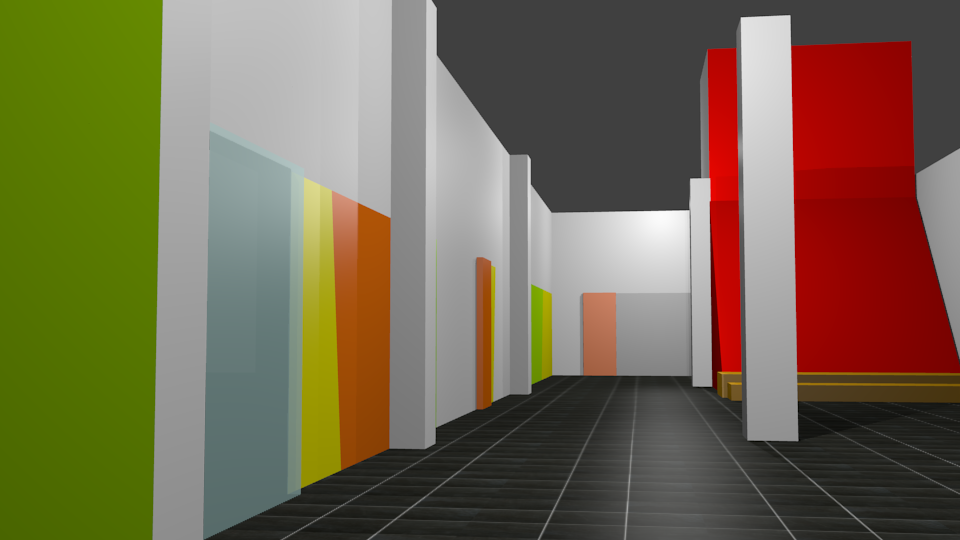Table of Contents
Project Name: YOUniversity
Project Name: YOUniversity
Development Team
Rohan Likhite
Stedman Tam
Jeff Tuxworth
Prof. Mark-David Hosale, Course Director
Prof. Ebrahim Ghafar-Zadeh, Course Director
Concept Proposal
The domain our group has selected is virtual reality and its application in education. Our concept is to create an education space created via virtual reality that is experienced through the use of a head-mounted display such as the Oculus Rift. We will be using the Accolade West & Goldfarb building of York University, as our educational spaces for the 3D environment. With this as our foundation, we will further develop our idea to determine an appropriate experience we can create given the knowledge of our research from the literature and through the early phases of development and prototyping. We are leaving part of our project open to different options since researchers have found, that new technologies such as virtual reality and augmented reality offer many solutions for learning environments, yet are looking for the context for where it is best suited and most effective tool in is a developing and unanswered question [Dede and Dunleavy 2013].
We foresee there to be a number of possibilities we could develop our project towards but have chosen two ideas to focus on from the start. First there is the opportunity for it to be used as an educational tool that would facilitate a hybridized online learning experience from a user’s home via the Oculus Rift. Jace Hargis studied the affordances and limitations that the virtual world known as “Second Life” had as a distant learning tool compared to a traditional classroom experience [Hargis 2014]. Marlo Steed also published a similar study using an actual virtual reality environment to understand the possibilities and rationale that these systems had to offer [Steed 2014]. These studies will help us to examine how we can either push or innovate the benefits a virtual space has to offer or overcome limitations and challenges that have been posed so far.
Second, we imagine that this virtual space could be utilized as a teaching tool for new or prospective students, representing a simulated gateway to the University. It would serve as a virtual tour for prospective students that want to learn more about the school’s facility or are unable to attend a guided tour at the University. It could also assist first-year students by familiarizing the environment to them or even provide a guided simulation to find the locations of their classes. Another study by Dunleavy and Dede, studied the effectiveness of augmented realities utilized with interactions of digital information embedded within physical environments benefitted learning and enjoyment [Dede and Dunleavy 2013]. In our virtual tour, we would have added interactive content straight into the virtual environment with respect to the user’s position in the building such as details about labs, classrooms and other facilities. We hope that by modeling ACW plus a few other buildings we will be able to do multiple things such as tours, virtual classrooms, and even a scavenger hunt of sorts.
Methodology
Floor Plans
Poster
Expected Results
References:
- Dunleavy, Matt , and Dede, Chris. “Augmented Reality Teaching and Learning”. Journal of Science Education and Technology. Feb 2009: 7-22. Web. Sept 19, 2014.
- Hargis, Jace. “A second Life for Distance Learning”. Turkish Online Journal of Distance Education. April 2008: 57-63. Web. Sept 19, 2014.
- Steed, Marlo. “Virtual Reality Worlds for Teacher Education“. In M. Searson & M. Ochoa (Eds.),Proceedings of Society for Information Technology & Teacher Education International Conference 2014 (pp. 43-48). March 2014: 43-48. Web. Sept 19, 2014.


